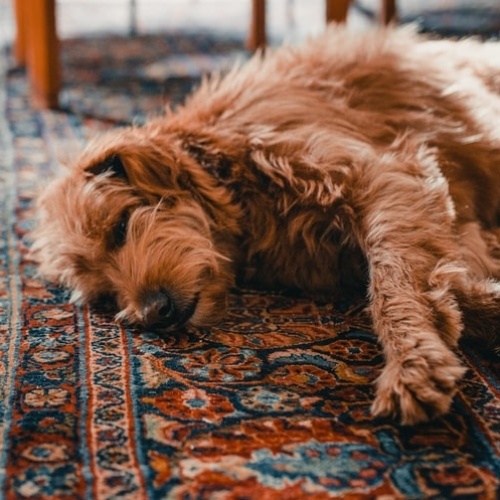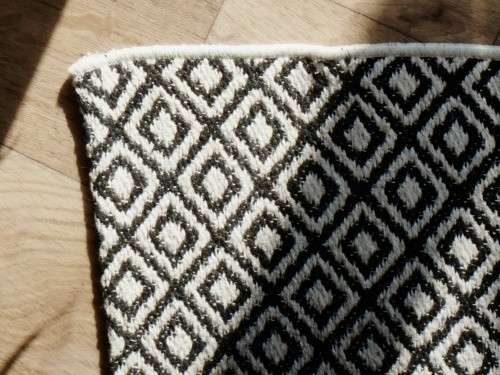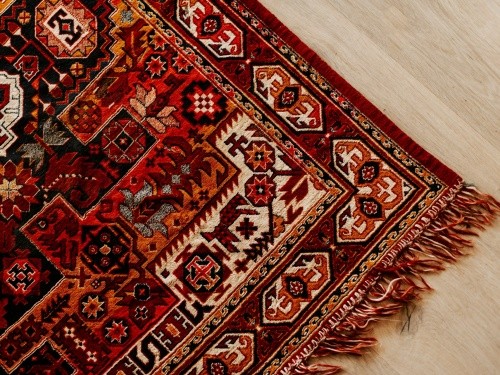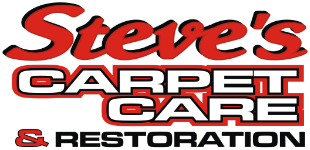
Oriental rugs epitomize beauty and sophistication — and with proper care, they can last for generations. Handwoven with fine materials, these rugs are built to endure, but they’re not immune to damage. Without routine maintenance and mindful placement, their vibrant colors, intricate patterns, and structural integrity can fade over time.
At Steve's Carpet Care & Restoration, we’ve helped Colorado homeowners preserve their valuable rugs for over 45 years. We understand the subtle ways Oriental rugs accumulate damage and the best techniques to clean and maintain them. Below, we cover common causes of rug wear, professional cleaning methods, and simple tips to protect your investment year after year.
Whether they’re Persian, Bokhara, Ikat, or Chobi, Oriental rugs are magnets for dirt and dust. By the time your rug appears dirty, it may already contain several pounds of debris buried deep in the pile. This buildup can dull colors, weaken fibers, and harbor allergens—all of which reduce your rug’s longevity and value. Unfortunately, everyday habits often contribute to this damage.
Here are some of the most common culprits:

- Pets – Hair, dander, and oils from pets cling to rug fibers and can embed deeply when pressed by walking or lying down. Routine vacuuming isn’t enough—periodic deep cleaning is essential.
- Direct Sunlight – UV rays fade rug dyes over time. When only part of a rug is exposed, the result is uneven coloration that no cleaning can reverse. Avoid placing rugs in areas with constant direct sunlight, or rotate them regularly.
- Air Exposure – Rugs trap airborne particles like dust, dander, and pet hair. These contaminants settle into the fibers and aren’t easily removed by standard vacuums. Professional cleaning is needed to extract deep-seated debris.
- Foot Traffic – Entryways and living rooms are high-impact zones. Constant foot traffic compresses the rug’s pile and accelerates fiber breakdown. Use rugs in low-traffic areas when possible, and rotate them periodically to distribute wear.
- Outdoor Contaminants – Opening doors and windows brings in soot, pollen, and allergens that settle into the rug. Over time, this creates a buildup that worsens allergy symptoms and dulls the rug’s appearance.
- Infrequent Maintenance – Occasional vacuuming won’t cut it. Without regular brushing and monthly vacuuming with a soft attachment, dust and grit gradually erode the rug’s surface and foundation.
- Slow Spill Cleanup – Spills that aren’t blotted immediately can seep into the pile and cause permanent stains. Always blot, never rub, and use a white cloth with water to draw out liquids.
- Improper Storage – Rolling rugs in plastic and standing them upright can cause creasing, rot, and mold. Rugs should be rolled loosely in breathable fabric and stored lying flat in a dry, cool space.
Oriental Rug Cleaning vs. Standard Area Rug Cleaning
While both Oriental rugs and standard area rugs require periodic cleaning, their materials, construction, and value demand very different treatment approaches. Standard area rugs are often synthetic and mass-produced, while Oriental rugs are typically handmade with delicate natural fibers. As a result, the cleaning method must be tailored to the rug type to avoid damage and preserve long-term quality.
Below is a side-by-side comparison of key differences between Oriental and standard area rugs—focusing specifically on how these differences impact cleaning methods and care requirements:
| Feature | Oriental Rugs | Standard Area Rugs |
|---|---|---|
| Material | Natural fibers (wool, silk, cotton) | Synthetic or blended fibers (nylon, polyester) |
| Construction | Hand-knotted or hand-woven | Machine-made |
| Cleaning Solutions | pH-balanced, gentle detergents | Conventional commercial cleaners |
| Cleaning Method | Hand-washing with light agitation | Steam cleaning or hot water extraction |
| Drying Process | Air-dried flat or hung with support | Can be dried with fans or machines |
| Risk of Damage | High if improperly cleaned | Moderate |
| Inspection Requirements | Thorough pre- and post-cleaning | Basic visual check |
Oriental rugs require a more careful and customized cleaning process than most standard area rugs. Recognizing these differences ensures you take the right approach—and trust your rug to professionals with the expertise to preserve its quality, structure, and beauty for decades to come.


At Steve’s Carpet Care & Restoration, we tailor every cleaning process to the specific material, construction, and condition of your rug. Whether it’s a hand-knotted heirloom or a machine-made runner, you’ll get the right care for lasting results. Our off-site process ensures your rug is handled properly from start to finish, protecting both your rug and your home in the process.
How Often Should Oriental Rugs Be Cleaned?
Frequency depends on location, foot traffic, pets, and allergies. Most rugs benefit from a professional deep clean every 12 – 18 months. High-use rugs in entryways or family rooms may require annual service, while those in low-traffic rooms can go longer. Regular cleanings prevent buildup, extend the rug’s life, and preserve its vibrant look and feel.
DIY Rug Care Tips Between Professional Cleanings
To maintain your rug between deep cleanings, follow these simple practices:
- Rotate the Rug — Every 6-12 months, rotate the rug to promote even wear.
- Use a Rug Pad — Pads reduce friction, prevent slipping, and cushion foot impact.
- Vacuum Carefully — Avoid beater bars. Vacuum in the direction of the pile and skip the fringe to prevent unraveling.
- Respond Quickly to Spills — Blot with a white towel and clean water. Avoid harsh chemicals and scrubbing.
Recognizing When It’s Time for Professional Cleaning
Wondering if it’s time to call the pros? Look out for these signs:
- Lingering Odors – Pet smells or musty scents suggest buildup deep in the fibers.
- Dull or Dusty Appearance – Even with vacuuming, a faded look indicates embedded dirt.
- Persistent Stains – Spills that can’t be blotted out often require professional treatment.
- Allergy Flare-Ups – If symptoms worsen at home, your rug may be harboring allergens like dust mites and dander.
"Each year, over 100 million Americans suffer from allergies. Dust mites, pet dander, and airborne debris embedded in rugs can worsen symptoms and lower air quality."
SOURCE: Asthma and Allergy Foundation of America
Whether it’s routine cleaning or deep allergen removal, Steve’s Carpet Care & Restoration offers the tools and expertise to protect your health and your home.
Frequently Asked Questions About Oriental Rug Cleaning
The entire process usually takes 5 – 7 business days, including drying time and quality control.
In many cases, yes. While some stains may leave faint traces, our spot treatments significantly reduce or remove most discoloration.
Absolutely. Our team is experienced with heirloom and antique rugs and uses gentle techniques that preserve delicate fibers and dyes.
Yes. Rug pads minimize slipping, protect the floor underneath, and help preserve the rug’s foundation by reducing pressure and movement.
Light spot-cleaning is okay, but full washes should be left to the pros. DIY efforts often lead to shrinkage, color bleeding, or damage.
Steve's Carpet Care & Restoration’s Time-Tested Rug Cleaning Method
We then apply targeted spot treatments to stained or soiled areas—particularly for pet accidents. Next comes a full immersion wash using gentle, fiber-safe detergents, followed by a clean water rinse to eliminate all residue. Once rinsed, we groom the rug to restore fiber direction and pile texture, then air-dry it in a climate-controlled environment. A final inspection ensures consistent quality before the rug is returned to your home.
Explore Our Rug Cleaning Services
Learn more about the rug cleaning services we offer throughout the Denver metro area.When you choose Steve's, your Oriental rug is treated with expert care from start to finish. Our six-step cleaning process begins with a gentle beating to remove loose dust and dirt, followed by a thorough inspection to identify any pre-existing issues or delicate areas.
Ready to give your Oriental rug the care it deserves? Contact our team today to schedule a professional cleaning and preserve the lasting beauty of your most treasured floor coverings.
